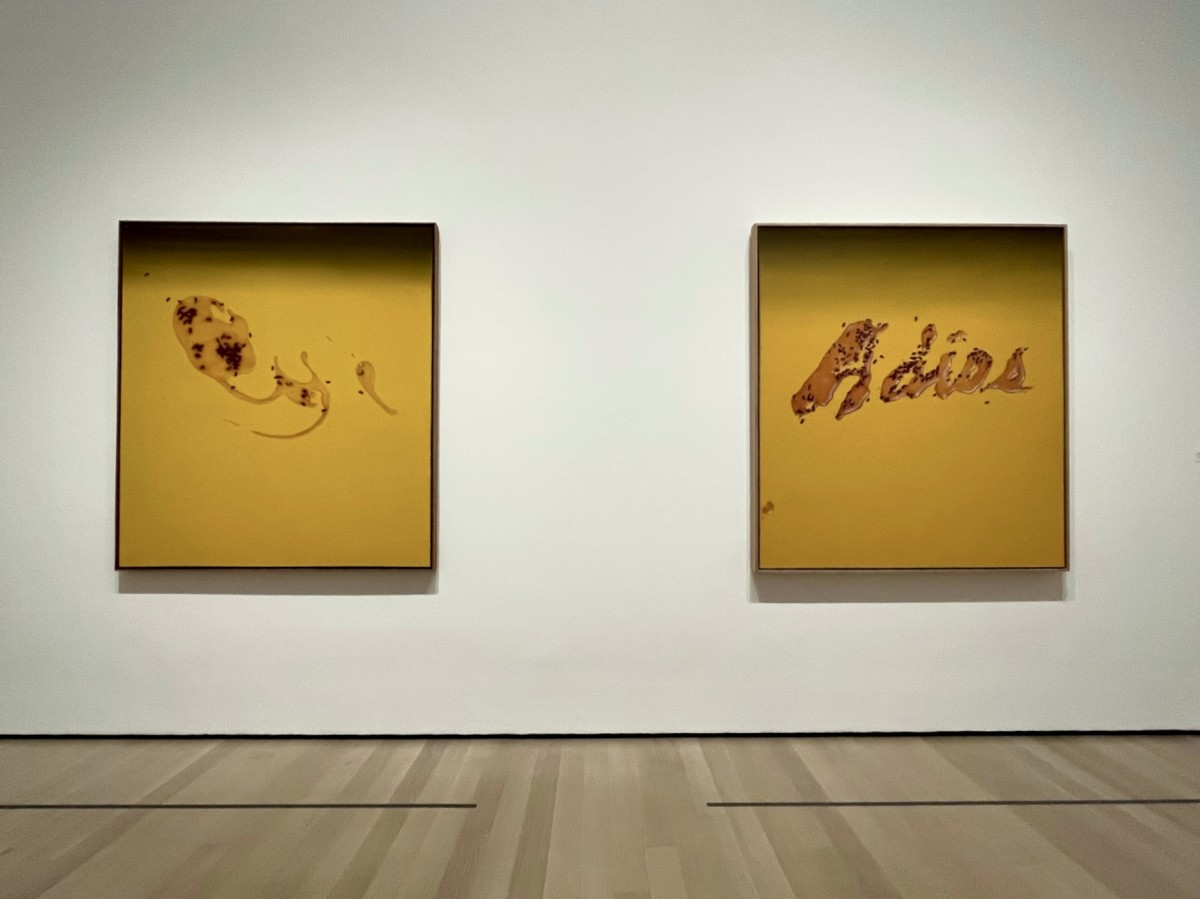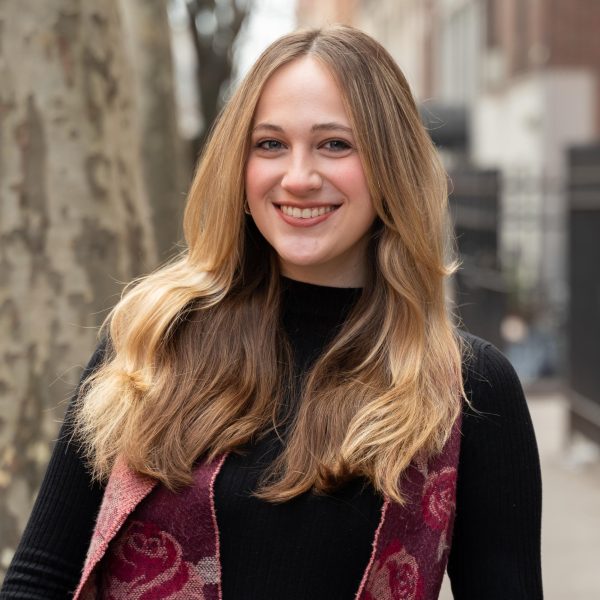For Ed Ruscha, words are more than captions or simply stylized prints on canvases — they serve as the art themselves. Ruscha’s creativity spans mediums and decades alike, and visitors to the Museum of Modern Art can now delve into his work through its new exhibit, titled “ED RUSCHA / NOW THEN”.
Many of the artist’s paintings, prints and albums are displayed between eight gallery rooms on the museum’s sixth floor. Curated by Christophe Cherix, Ana Torok and Kiko Aebi, the exhibit highlights the shifting artistic scene of the last half-century alongside Ruscha’s often tongue-in-cheek development.
Ruscha’s artistic prowess first manifested in the form of a fascination with comics and graphic art. His childhood was also predominantly spent in Oklahoma City, prior to his moving to Los Angeles in 1956, and the essence of each urban landscape also influenced much of his later work.
Ruscha was a key figure in the pop art movement, often recognized for his usage of textual motifs and point-perspective. Sights from his travels abroad intermingle with symbols of Americana, creating his iconic artistic voice.
The exhibition’s first room captures Ruscha’s pieces from the ’60s — a variety of multicolored paintings, most emblazoned with singular words. One canvas features the word “BOSS” and another “OOF” in yellow across a blue backdrop. These bold prints, more often than not centered in Ruscha’s affinity for comics, are as experimental as they are self-assured. “HONK” displays the beige word on a blue canvas with a large red shadow with uniform strokes, accompanied by a rough spackling of outlines on the neighboring “ACE”. The contrast is demonstrative of Ruscha’s ability to manipulate mediums, giving both words and materials a personality of their own.
Likely inspired by how the words in comic books are depicted ornamentally to contribute to an ongoing story, his often larger-than-life canvas size encourages viewers to spend more time on each word and deconstruct each piece’s meaning.
The words Ruscha chose for his pieces are detached from their meaning, allowing them to be re-understood from the artist’s lens. The power behind the artwork comes from the defamiliarization of common concepts, like commerciality and literature.
In his 1962 oil painting “Actual Size”, the logo of the iconic company SPAM is blown up to dramatic proportions, with a life-size copy of the tin hastily plastered underneath. Ruscha toys with corporate property in both exploration and criticism of its superficiality.
The pale walls and expansive space between each piece allow the bold colors of Ruscha’s work to stand out. The lack of furniture in the gallery implores visitors to observe pieces from different distances, with each perspective revealing new details — small inscriptions on a painting’s edge such as in Ruscha’s “SMASH,” or persistent motifs, like painted western magazines.
MoMA’s attention to Ruscha’s commentary is what makes the exhibition a perfect playground for his visions. “The Back of Hollywood” depicts a silhouette of the Hollywood sign against a panoramic sunset inspired by a 1976 billboard commission. The elongated canvas is utilized in neighboring paintings, and Ruscha used the scope to “put more time and mileage between one end and another,” according to the piece’s label. The collection of landscape paintings hang across the wall of a wide room, allowing viewers to slowly pass each one in a dynamic viewing experience. It mimics the effect of peering through Ruscha’s scenery from the perspective of a distant hiker, or from the window of a passing car.
In addition to perspective, Ruscha’s work is characterized by themes of change. Arranged roughly chronologically throughout the exhibit, later works feature words melting, decaying, burning and bleeding from canvases. One room is dedicated to six paintings suspended across from each other in pairs. “Blue Collar Tech-Chem” is a monochromatic depiction of an industrial facility, and directly across the gallery hangs “The Old Tech-Chem Building,” in which a colorized building stands with a sterile exterior contrasting the fiery sunset behind it. The faded name of “Tech-Chem” is painted across its side — the same building as in “Blue Collar Tech-Chem,” changed by time. Each pair depicts a similarly changed structure, making the room a reflection on an evolving industrial landscape.
On the label beside the 2017 painting “Our Flag,” Ruscha noted, “I don’t try to have my work be instructional … They’re pictures and don’t have meanings, especially political meanings, but this one was a little different.”
Despite his claim that pure fascination drives much of his work, the exhibition intentionally clusters Ruscha’s art in ways that place pieces in conversation with one another — the location of “Our Flag” evokes, the memory of its lively yet critical and similarly centerpieced 1987 counterpart, “Brother, Sister.”
The curatorial choice to hang corroborating works in similar positions between rooms rather than together creates the illusion of one piece replacing the other. The arrangement is reflective of an ever-evolving American landscape, encouraging viewers to explore Ruscha’s views on shifting industry, media and political spheres.
At times whimsical but anchored in an understanding of the changing world, Ruscha’s work preaches the power of words and concepts, as well as their ephemeral nature.
“ED RUSCHA / NOW THEN” will be presented at the Museum of Modern Art until Jan. 13. NYU students have free access to MoMA and the exhibitions within.
Contact Eleanor Jacobs at [email protected].
























































































































































